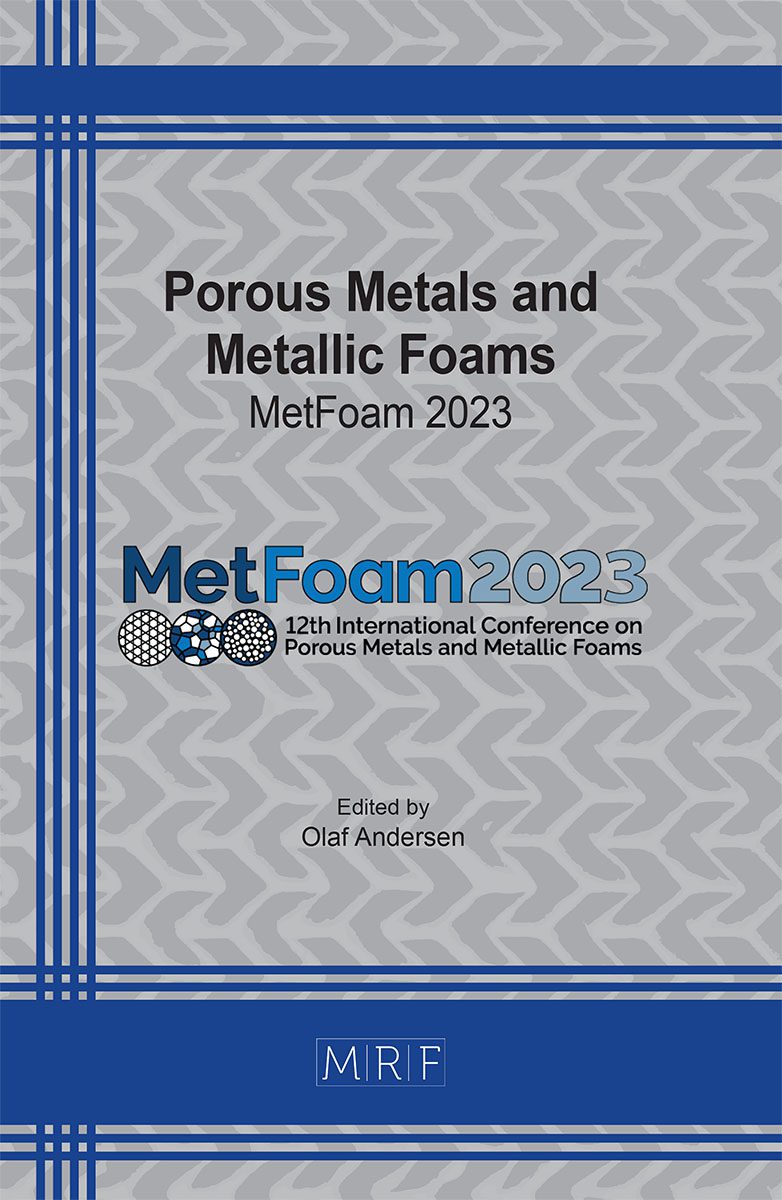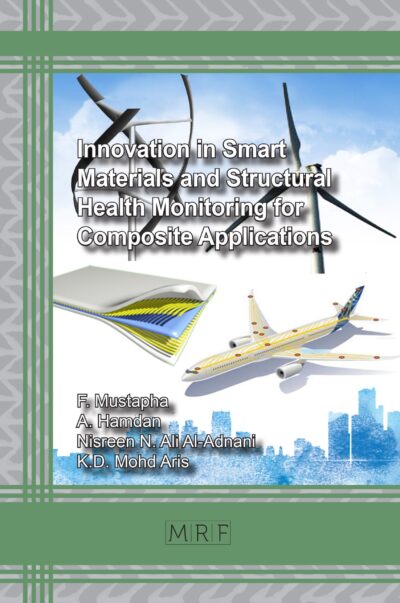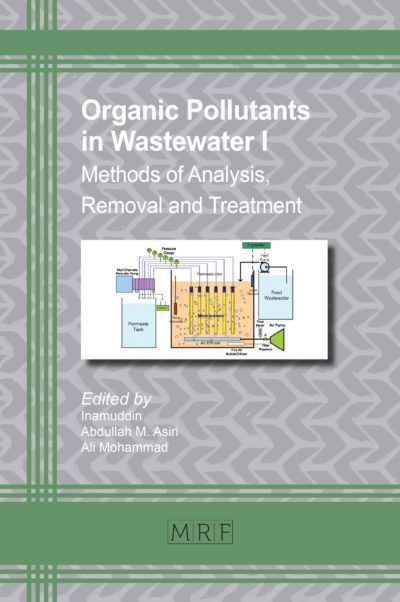Surface Emissivity Effect on the Performance of Composite Metal Foam against Torch Fire Environment
Nigel Thomas Amoafo-Yeboah, Afsaneh Rabiei
download PDFAbstract. According to the US Department of Transportation (DOT), there are millions of liters of hazardous materials (HAZMATS) transported each year via railroad. This has translated to stringent safety measures taken to alleviate the effects of accidents involving tank cars carrying these HAZMATs. One of such measures is in the creation of the thermal protection system of tank cars in which the tank car must have sufficient thermal resistance when subjected to a simulated pool fire for 100 mins and a torch fire for 30 mins without its back plate temperature exceeding 427 ºC at any point of time. This requires a suitable material as a thermal blanket and insulation in tank car lining. Steel-steel composite metal foam (S-S CMF) is a novel metal foam with unique properties of high strength to density ratio, lightweight, and high energy absorption. It consists of metallic hollow spheres that are closely packed within a metal matrix. The large percentage of air within the hollow spheres provide both lightweight and insulating effects for CMF. S-S CMF is being investigated using the standard torch fire test requirement to determine its suitability as a material for tank car thermal protection. This is accomplished by developing a numerical model using the Fire dynamics simulator (FDS) as a form of validation for experimental work done. To properly evaluate this, there are various thermal properties of S-S CMF that need to be established for predicting CMF’s thermal response. Surface emissivity has been a challenging property to evaluate and hence this study focuses on developing an experimental and numerical procedure in evaluating this property for composite materials such as CMF. Preliminary data shows an acceptable prediction of emissivity, which will be applied to the FDS model for the torch fire test.
Keywords
Surface Emissivity, Composites, Torch Fire, Metal Foams
Published online 2/25/2024, 8 pages
Copyright © 2024 by the author(s)
Published under license by Materials Research Forum LLC., Millersville PA, USA
Citation: Nigel Thomas Amoafo-Yeboah, Afsaneh Rabiei, Surface Emissivity Effect on the Performance of Composite Metal Foam against Torch Fire Environment, Materials Research Proceedings, Vol. 39, pp 1-8, 2024
DOI: https://doi.org/10.21741/9781644903094-1
The article was published as article 1 of the book Porous Metals and Metallic Foams
![]() Content from this work may be used under the terms of the Creative Commons Attribution 3.0 license. Any further distribution of this work must maintain attribution to the author(s) and the title of the work, journal citation and DOI.
Content from this work may be used under the terms of the Creative Commons Attribution 3.0 license. Any further distribution of this work must maintain attribution to the author(s) and the title of the work, journal citation and DOI.
References
[1] United Sates Department of Transportation, “Tank Car Specifications and Terms,” Bureau of Transportation Statistics, Apr. 18, 2018. https://www.bts.gov/surveys/annual-tank-car-facility-survey/tank-car-specifications-terms
[2] Legal Information Institute, Cornell Law School, “49 CFR Part 179- Specifications For Tank Cars.” https://www.law.cornell.edu/cfr/text/49/part-179
[3] A. Rabiei, K. Karimpour, D. Basu, and M. Janssens, “Steel-steel composite metal foam in simulated pool fire testing,” International Journal of Thermal Sciences, vol. 153, p. 106336, Jul. 2020. https://doi.org/10.1016/j.ijthermalsci.2020.106336
[4] S. Chen, J. Marx, and A. Rabiei, “Experimental and computational studies on the thermal behavior and fire retardant properties of composite metal foams,” International Journal of Thermal Sciences, vol. 106, pp. 70–79, Aug. 2016. https://doi.org/10.1016/j.ijthermalsci.2016.03.005
[5] Nigel Amoafo-Yeboah and R. Afsaneh, “Thermal Response of Steel-Steel Composite Metal Foams under Small-Scale Torch-Fire Conditions,” Advanced Engineering Materials, May 2023. https://doi.org/10.1002/adem.202300217
[6] B. P. Neville and A. Rabiei, “Composite metal foams processed through powder metallurgy,” Materials & Design, vol. 29, no. 2, pp. 388–396, Jan. 2008. https://doi.org/10.1016/j.matdes.2007.01.026
[7] “ASTM E1933-14(2018) Standard Practice for Measuring and Compensating for Emissivity Using Infrared Imaging Radiometers.”
[8] L. Barker, “Influence of oxidation and emissivity for metallic alloys space debris during their atmospheric entry,” in 7th Eurpean Conference on space debris, Germany, Apr. 2017.
[9] D. Atasi, “Temperature and angle dependent emissivity and thermal shock resistance off the W/WAlN/WAlON/Al2O3 based spectrally selective absorber,” Applied energy materials, vol. 2, pp. 5557–5567, 2019. https://doi.org/10.1021/acsaem.9b00743
[10] L. Yang and X. Xin-Lin, “Tomography-based analysis of apparent directional spectral emissivity of high porosity nickel foams,” International Journal of Heat and Mass Transfer.














